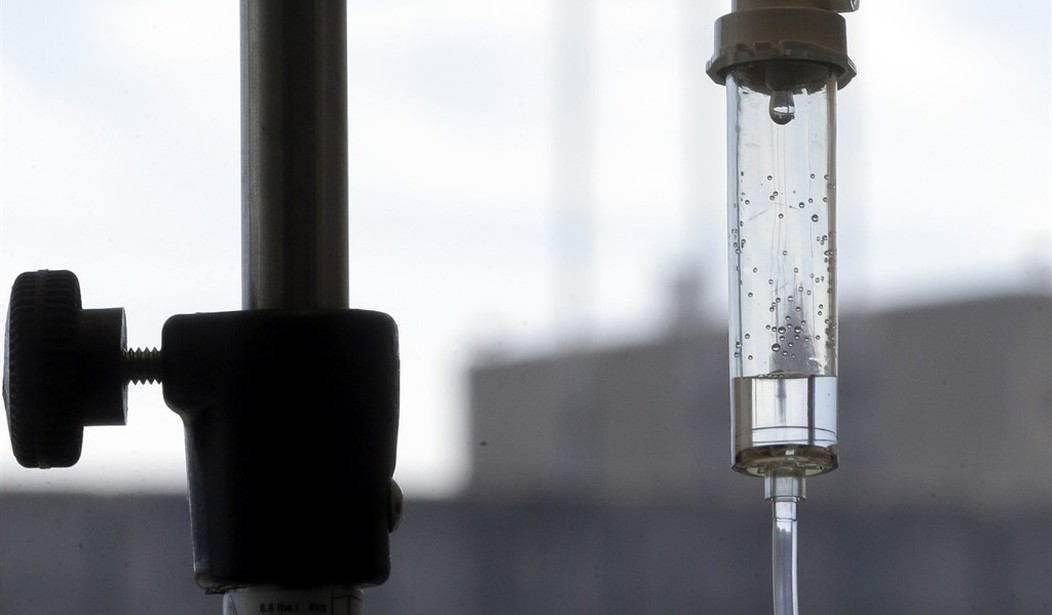After generations of improved health and increased life expectancy, a new study shows that the younger generations now in adulthood — GenX and Millennials — are at higher risk of 17 different cancers.
An American Cancer Society (ACS) study published on Wednesday by Lancet, looked at incident rates of the 34 most common types of cancers going back to the turn of the century and found that "rates continued to rise in progressively younger generations in 17 of the cancers, including breast, pancreatic and gastric cancers."
"For eight of the 17 cancers," according to The Hill's summary, "researchers found that cancer incidence rates rose for each successive birth cohort since 1920. For nine of them, incidence rates increased in younger cohorts, after first declining in older birth cohorts."
The study's lead author, Hyuna Sung, said, "These findings add to growing evidence of increased cancer risk in post-Baby Boomer generations, expanding on previous findings of early-onset colorectal cancer and a few obesity-associated cancers to encompass a broader range of cancer types."
"Although we have identified cancer trends associated with birth years," Sung added, "we don’t yet have a clear explanation for why these rates are rising."
Here are the 17 cancers we (former) young'uns are at greater risk of:
- gastric cardia
- small intestine
- estrogen receptor-positive breast
- ovary
- liver and intrahepatic bile duct in women
- non-HPV-associated oral and pharynx cancers in women
- anus
- colon and rectal
- uterine corpus
- gallbladder and other biliary
- kidney and renal pelvis
- pancreas
- myeloma
- non-cardia gastric
- testis
- leukemia
- Kaposi sarcoma.
Some of those, including pancreatic cancer, are real killers. The study looked at the histories of "23 million patients diagnosed with 34 types of cancer and more than 7 million people who died of 25 types of cancer," according to CNN. With a study that wide, the results look nothing less than conclusive to me.
Recommended: August Is Gut-Check Time, and You've Got to Hang Tough
So let me summarize this study in the language of my GenX people: that sucks.
But it does seem to fit into a broader trend of shortened life expectancies for Americans, almost across the board:
After decades of progress, life expectancy — long regarded as a singular benchmark of a nation’s success — peaked in 2014 at 78.9 years, then drifted downward even before the coronavirus pandemic. Among wealthy nations, the United States in recent decades went from the middle of the pack to being an outlier. And it continues to fall further and further behind.
"Chronic diseases," according to that Washington Post report from last year, "are the greatest threat, killing far more people between 35 and 64 every year." Liver disease and diabetes were then reported to be two of the biggest problems, both often associated with obesity. And this week we learned that 17 different cancer rates are increasing, too.
Back in the '80s, this Cold War kid used to point out to anyone who would listen (and plenty of people who would have rather not) that the Soviet Union was the first modern, industrialized country to experience decreasing life expectancy.
Yet here we are, 35 years after winning the Cold War, dying too soon like Soviet serfs.










